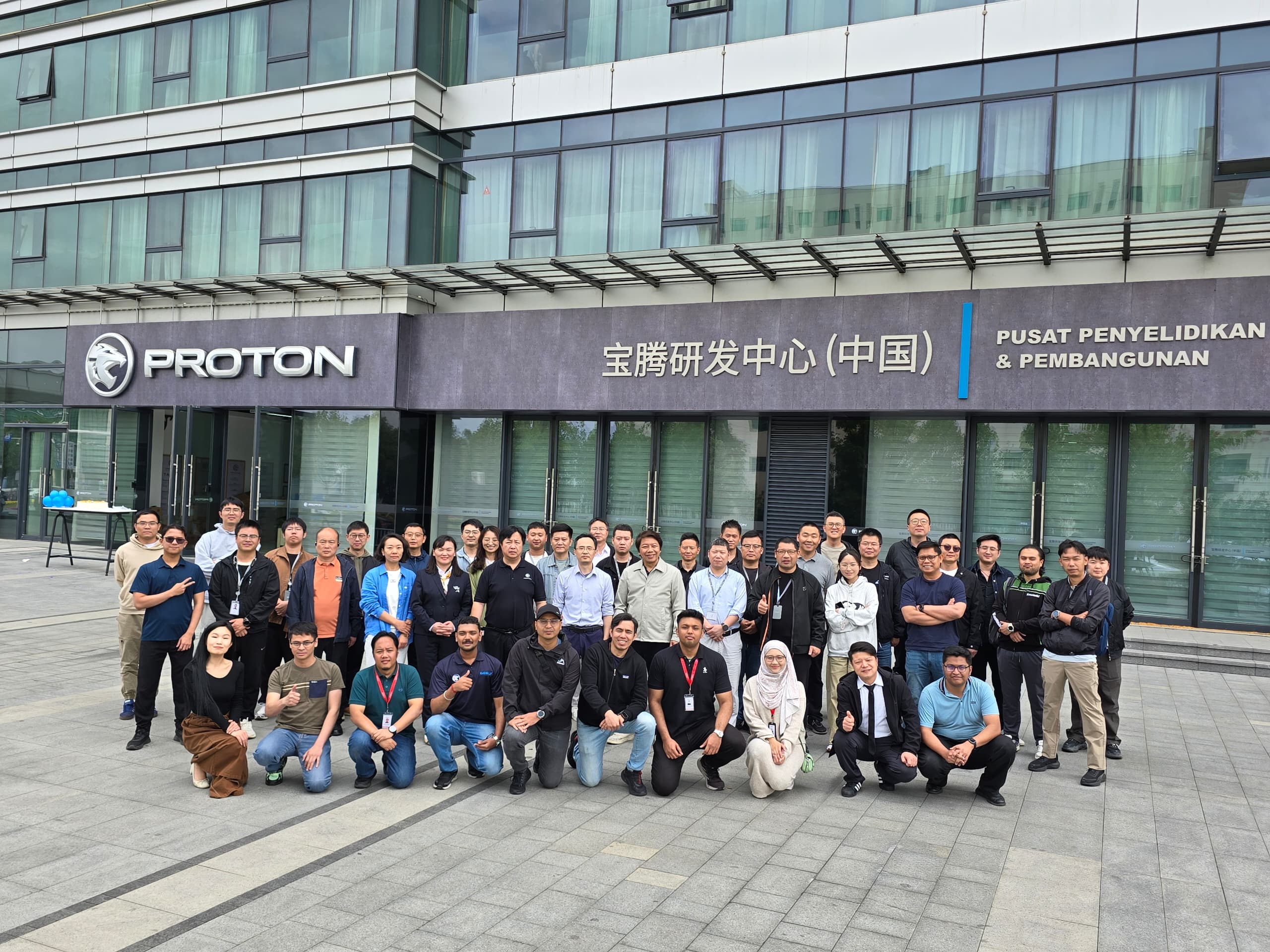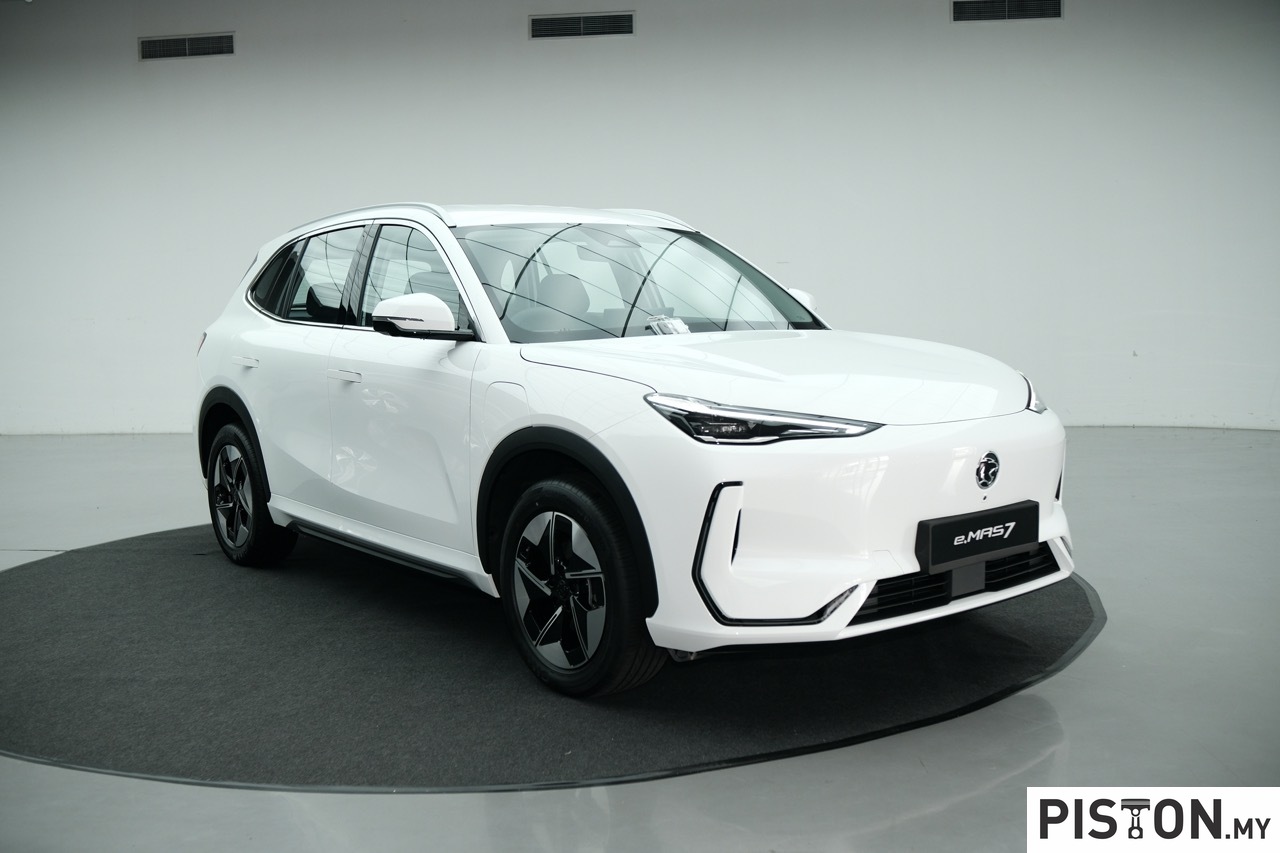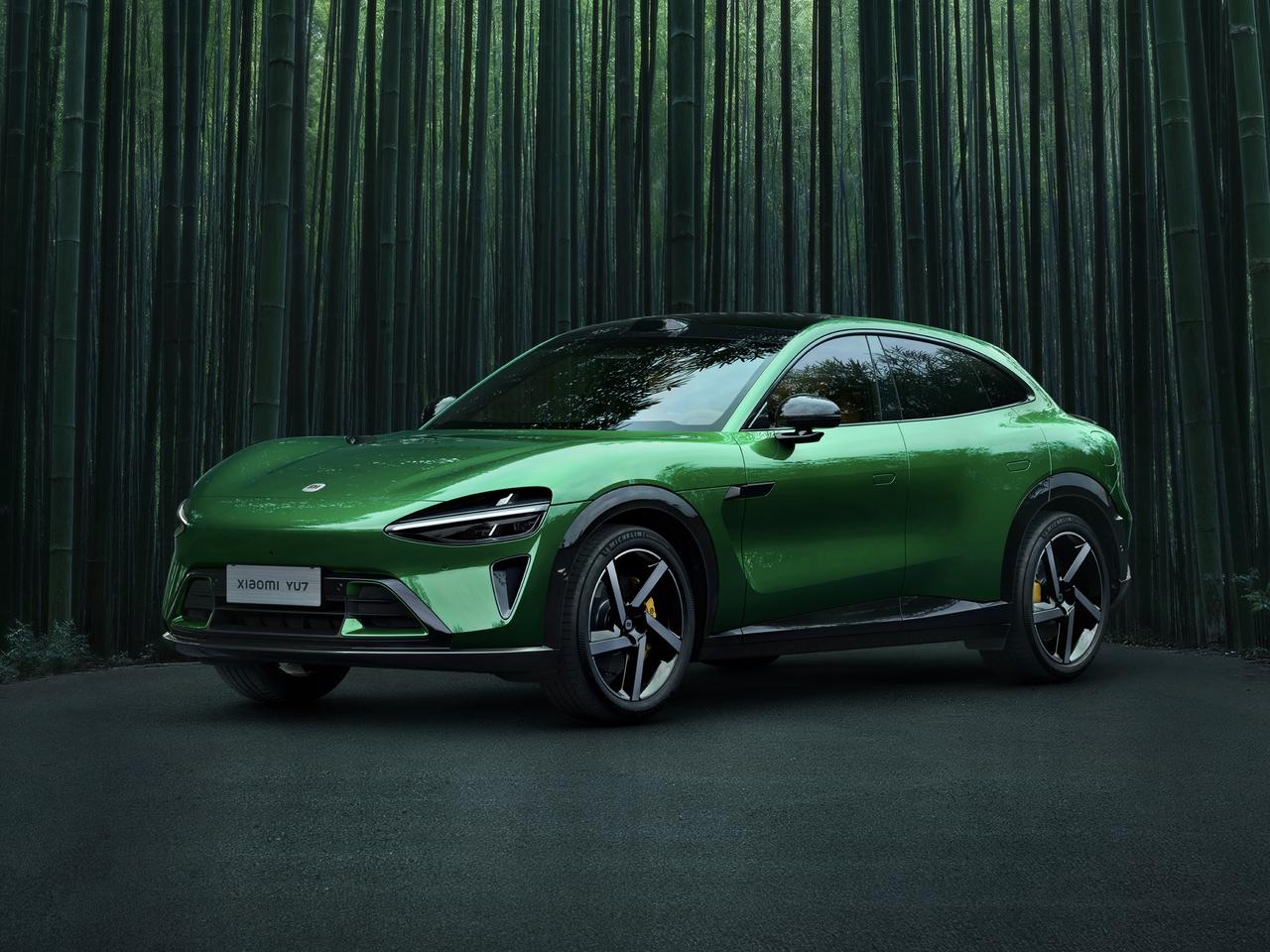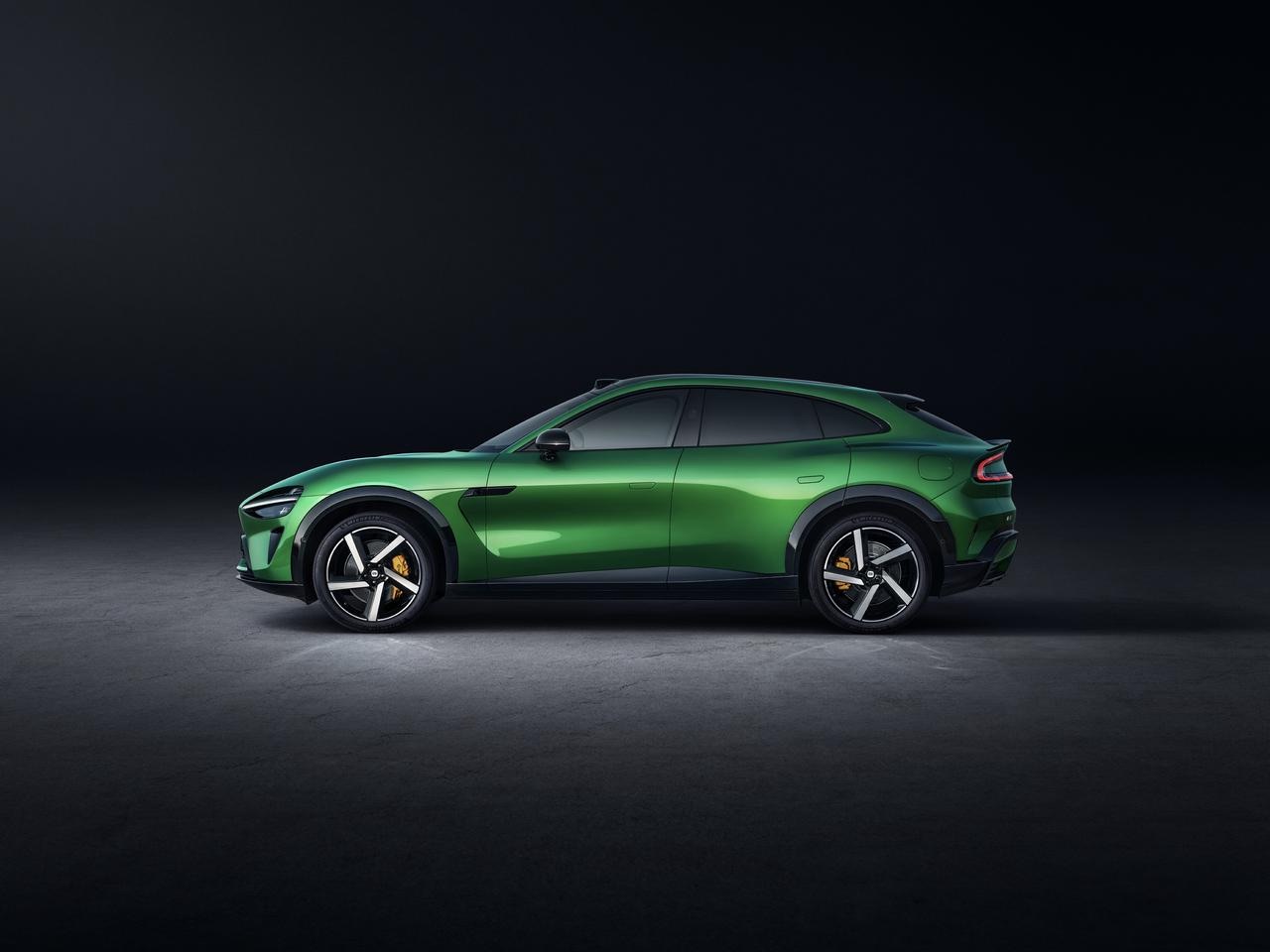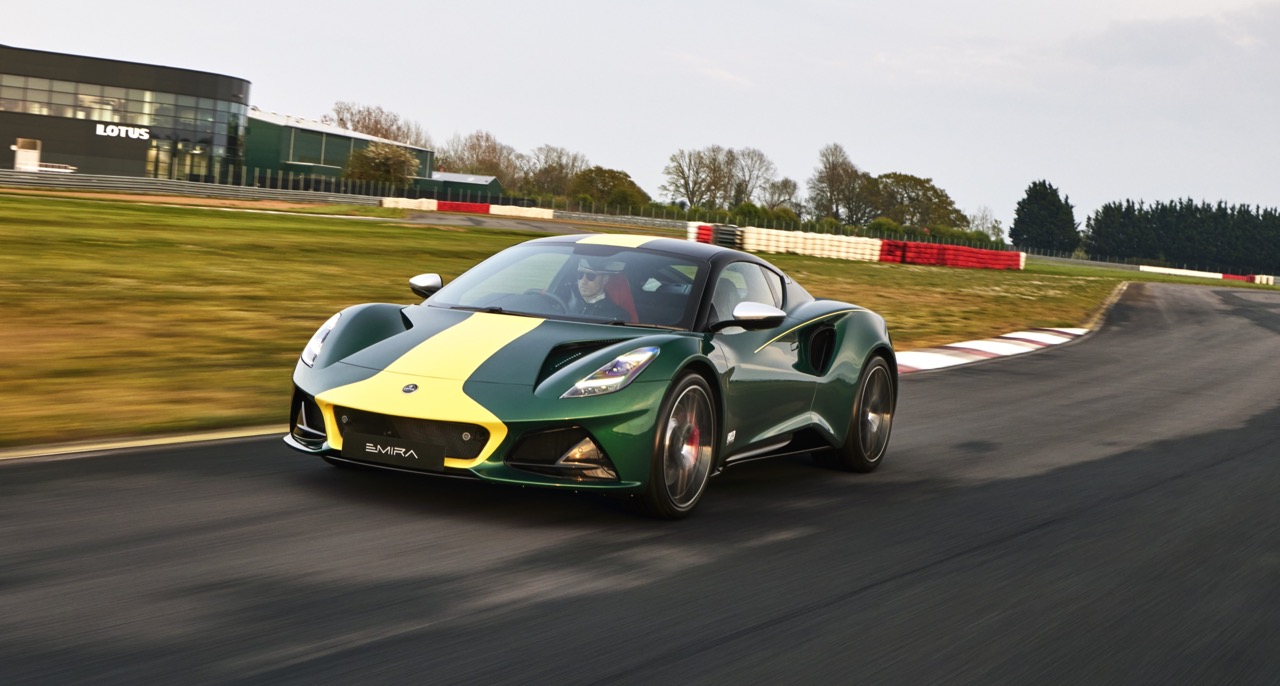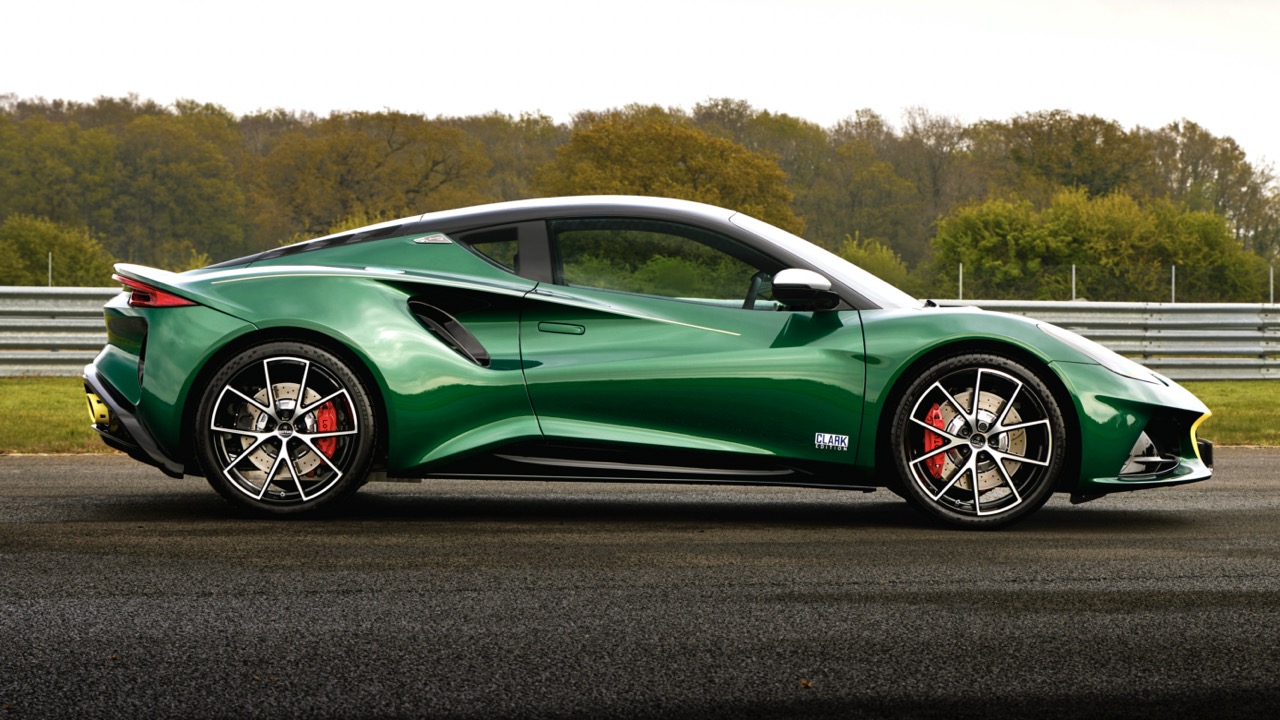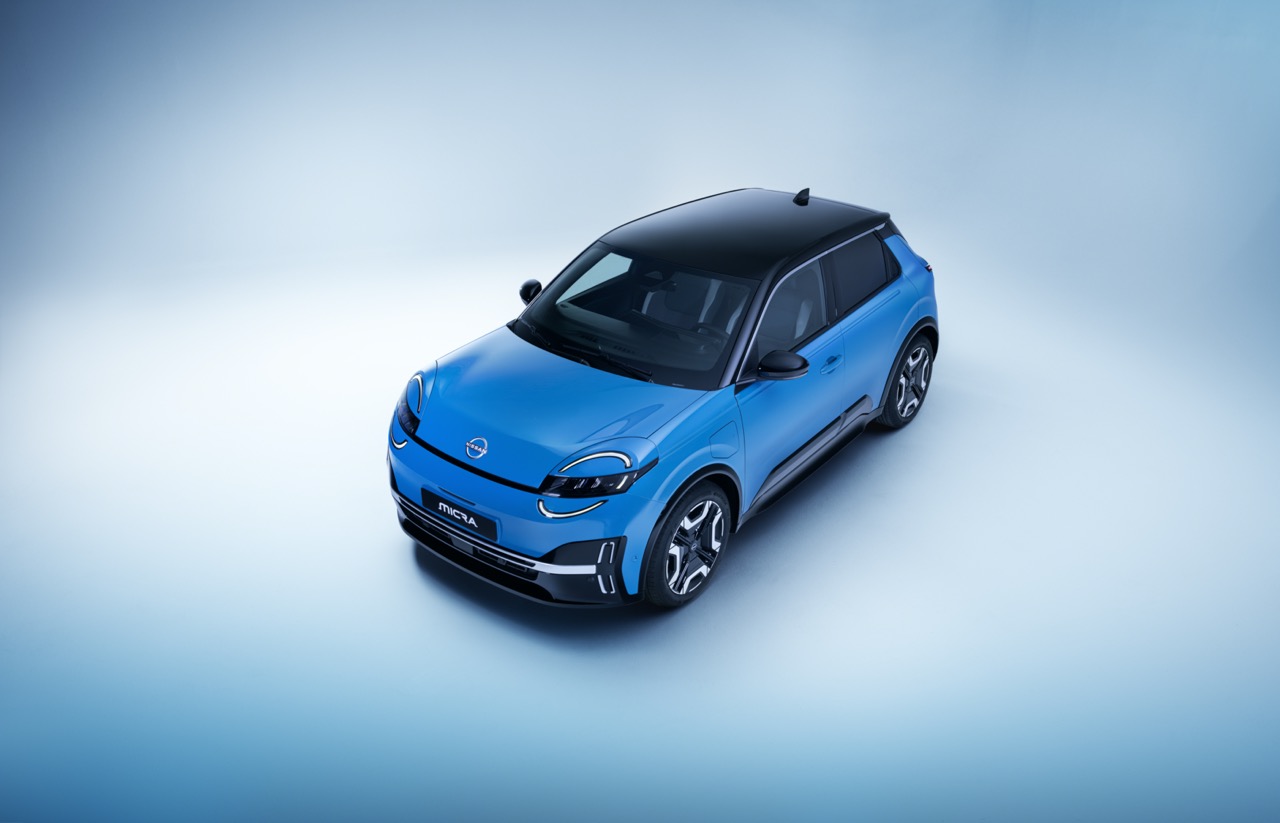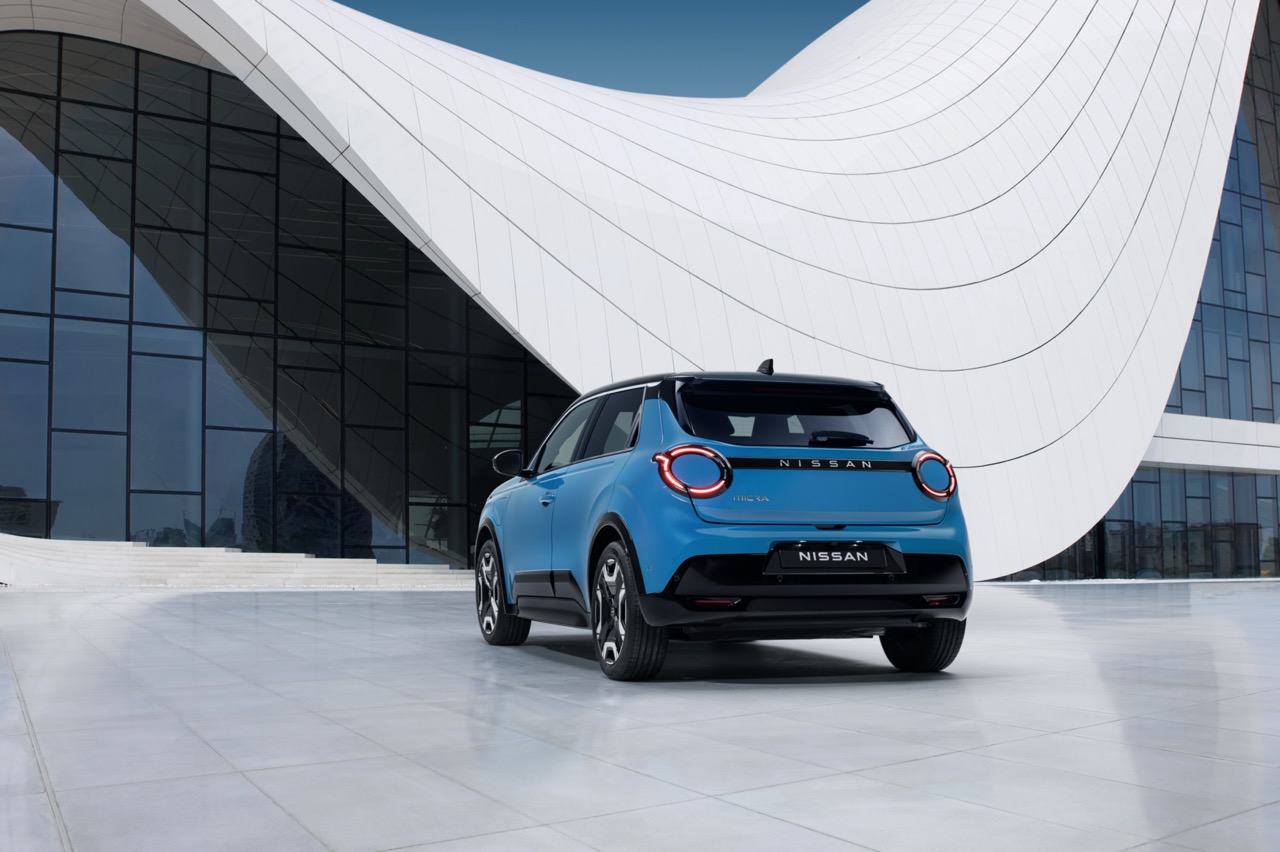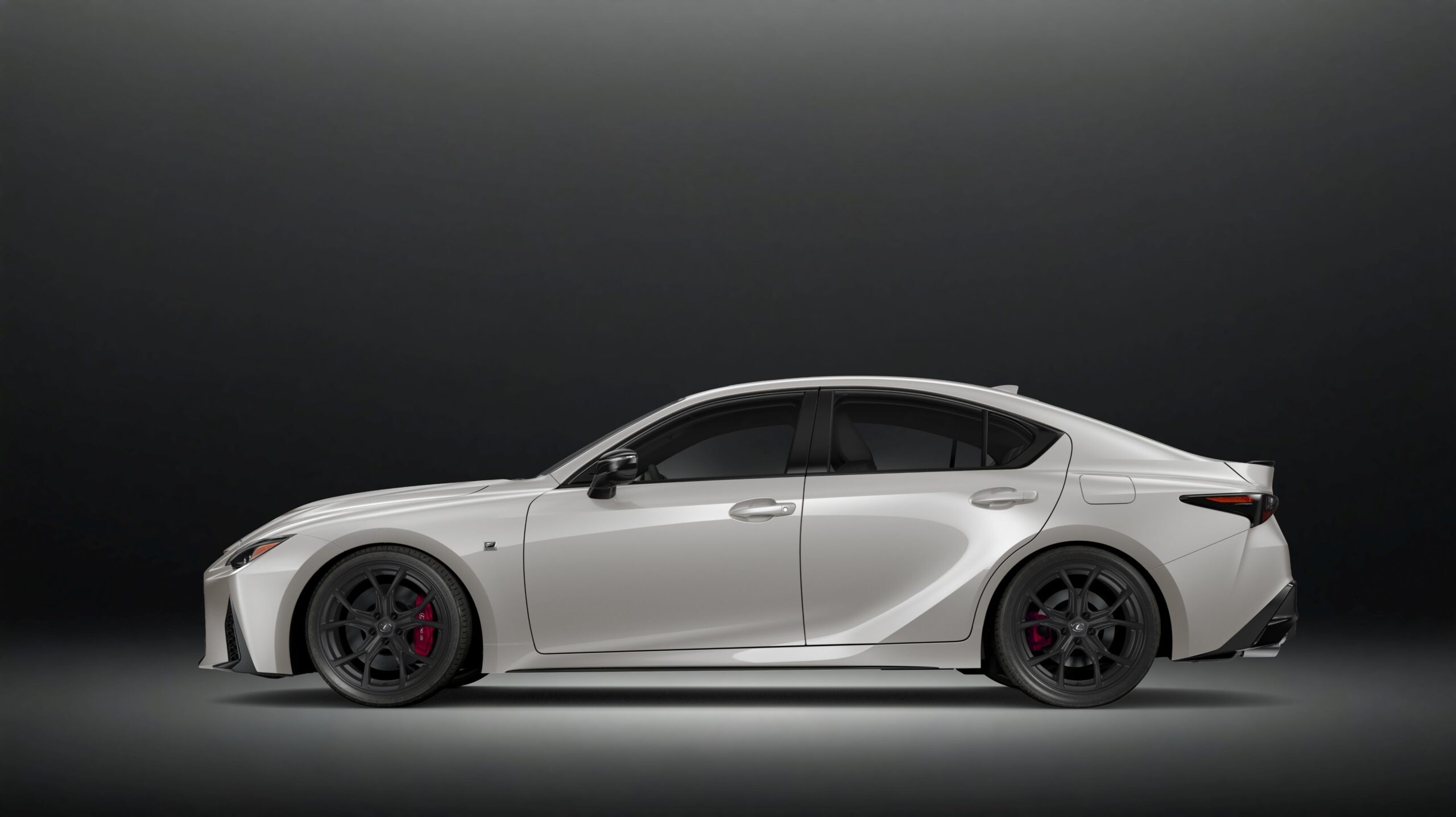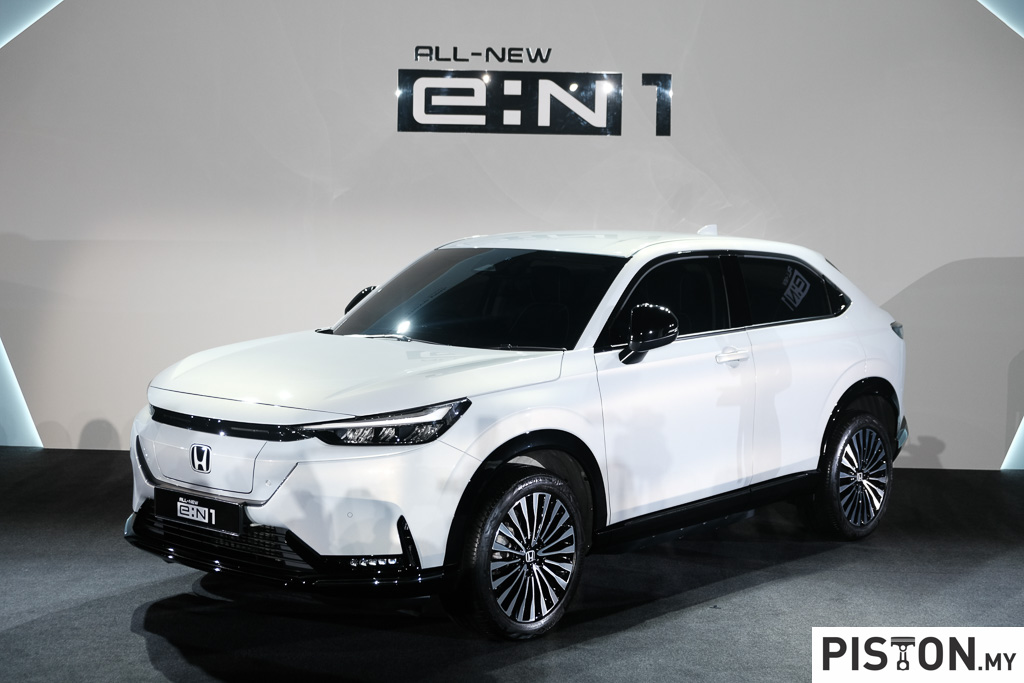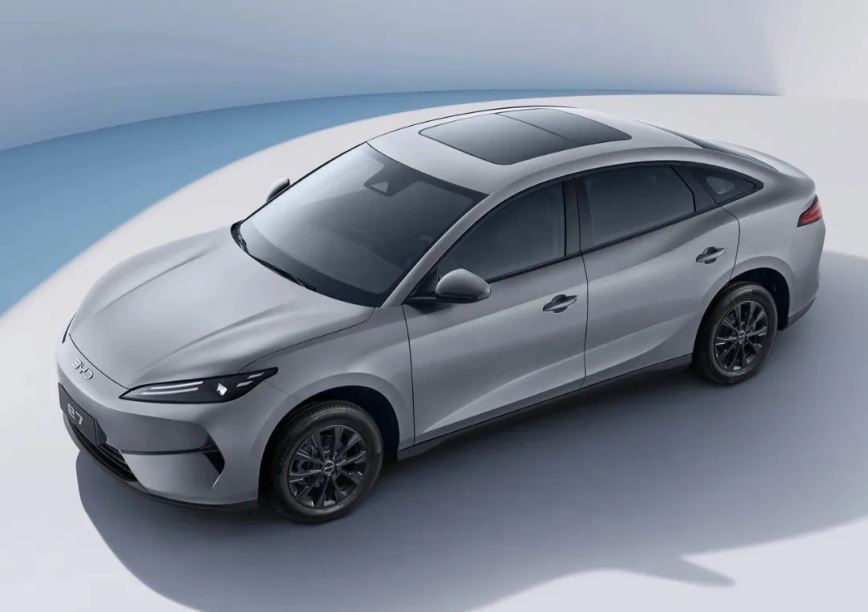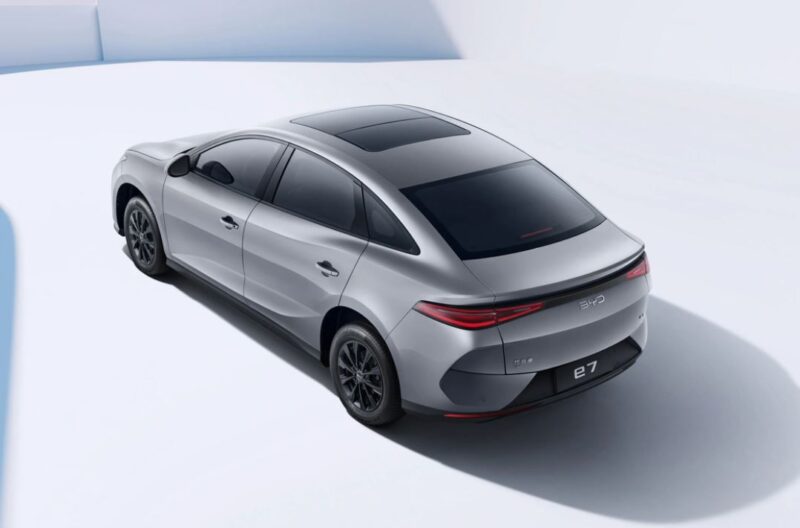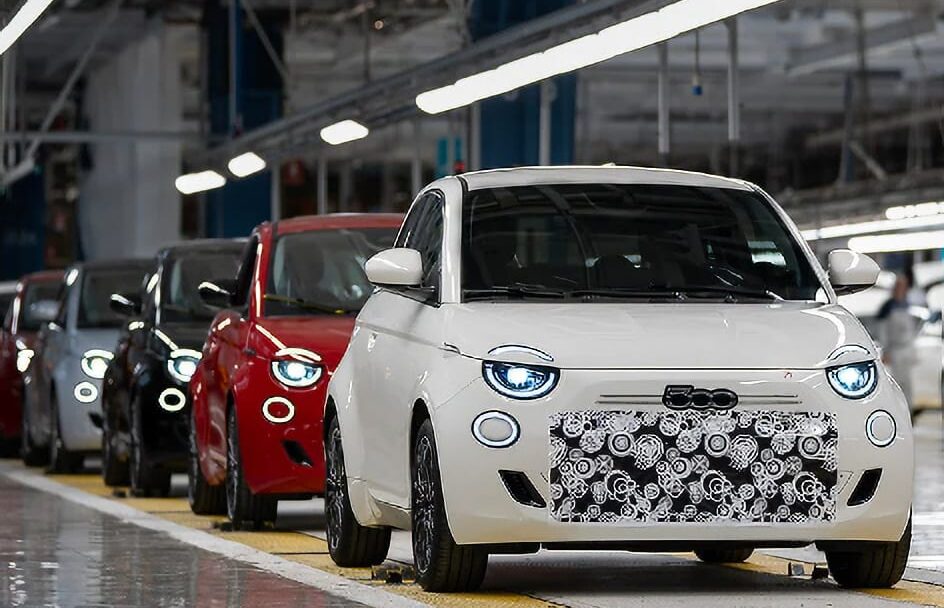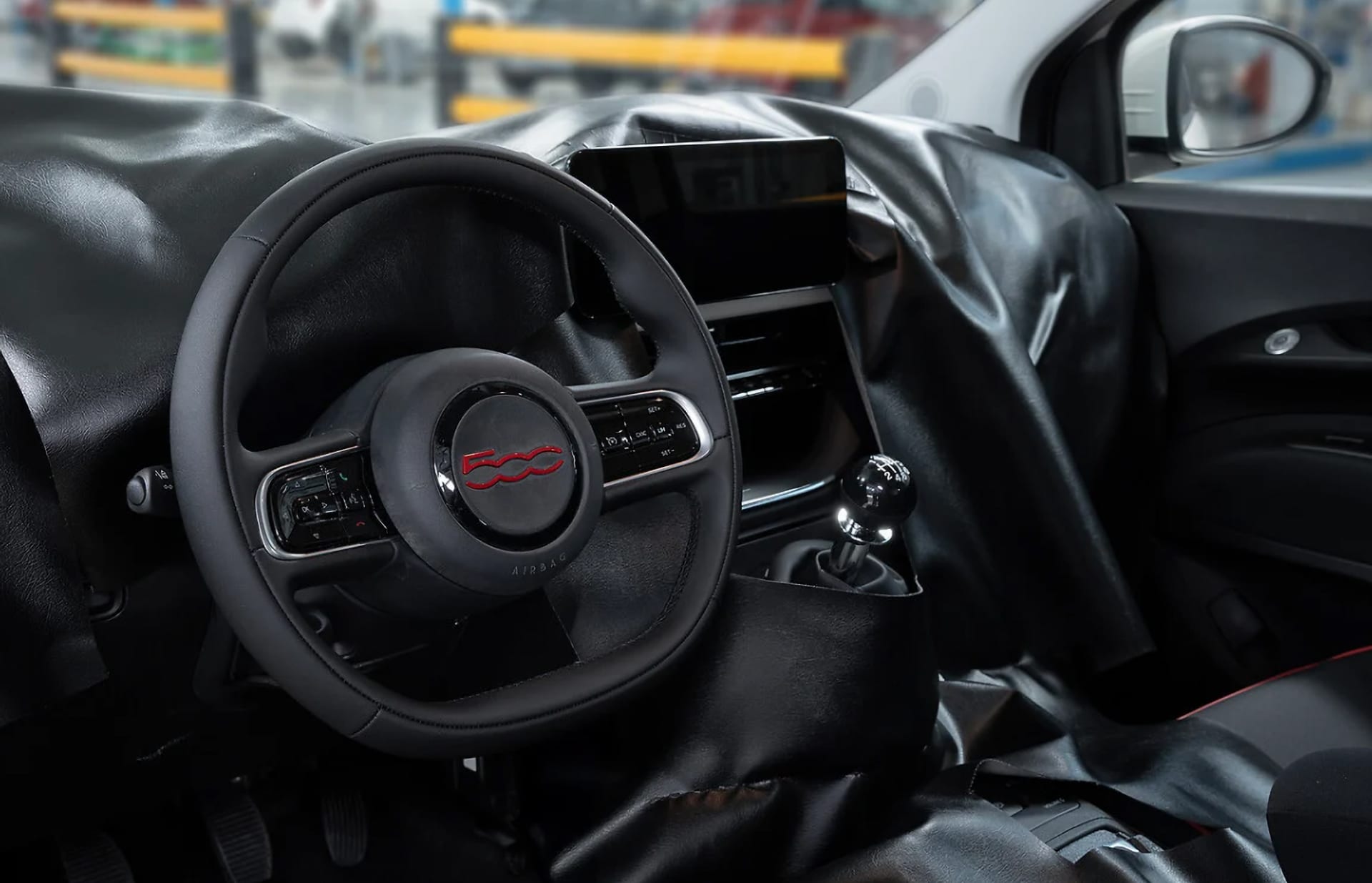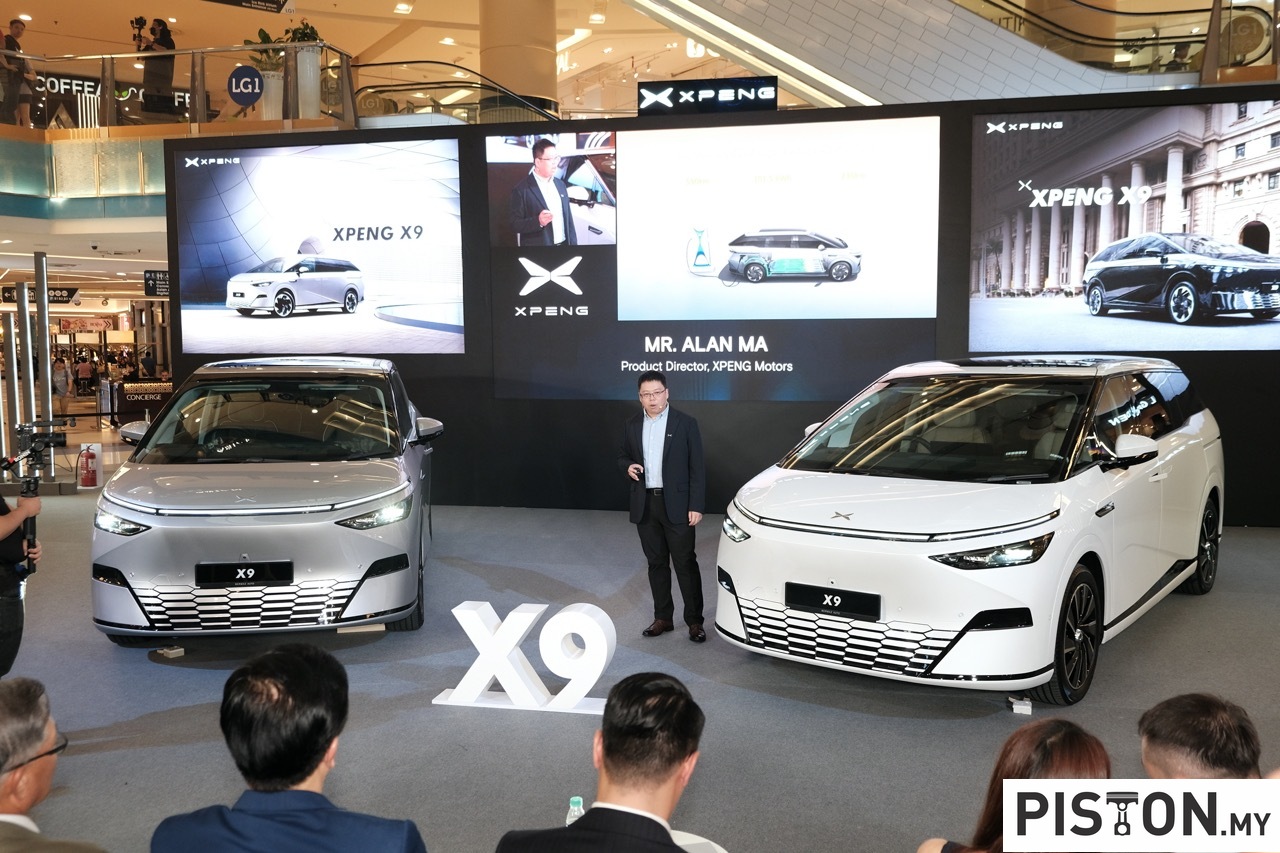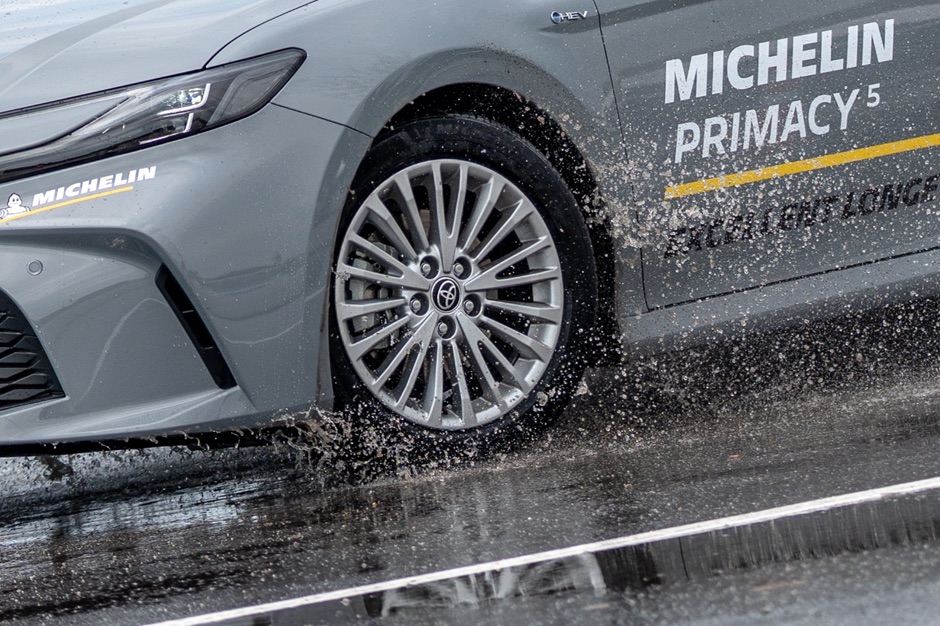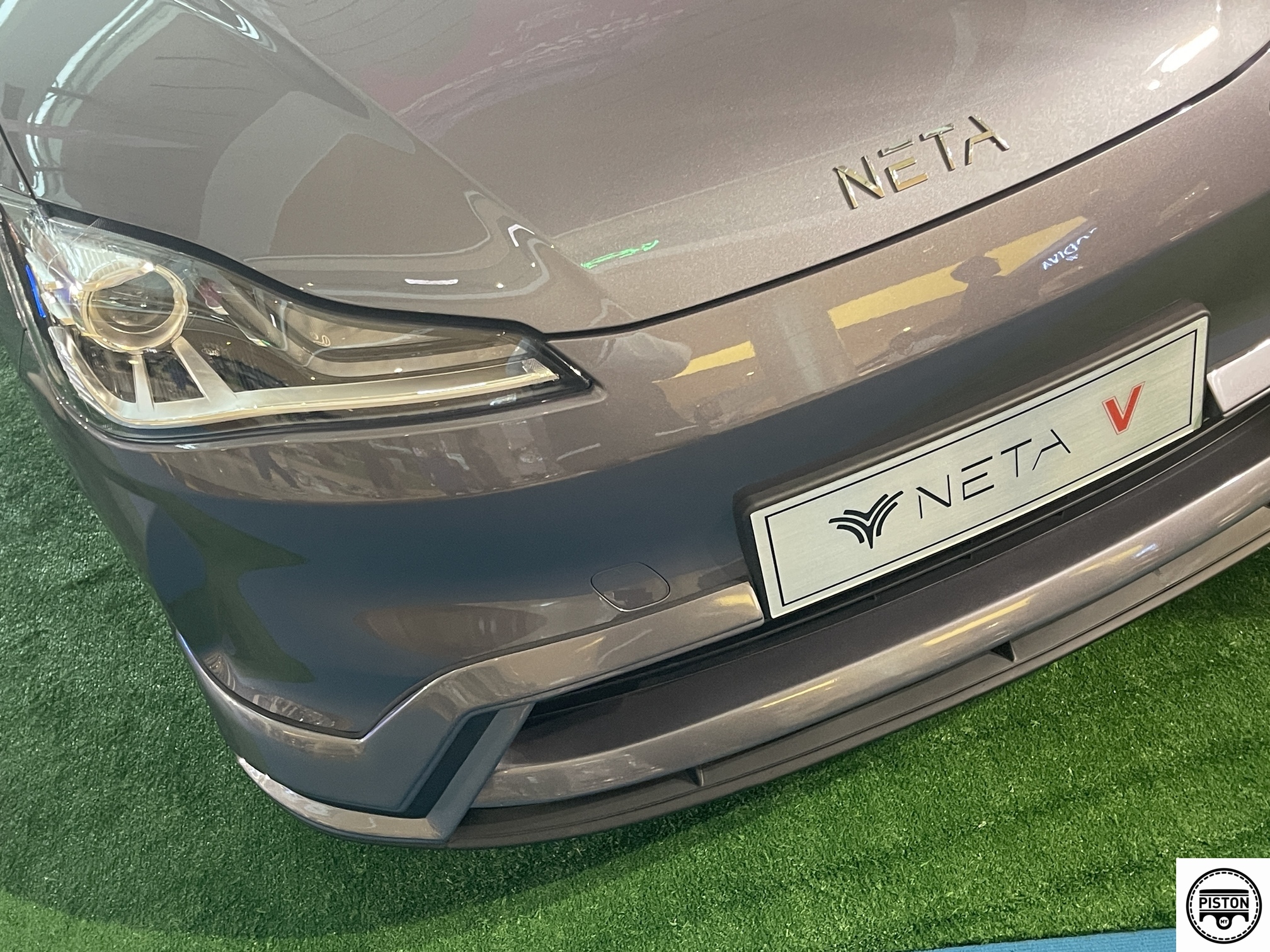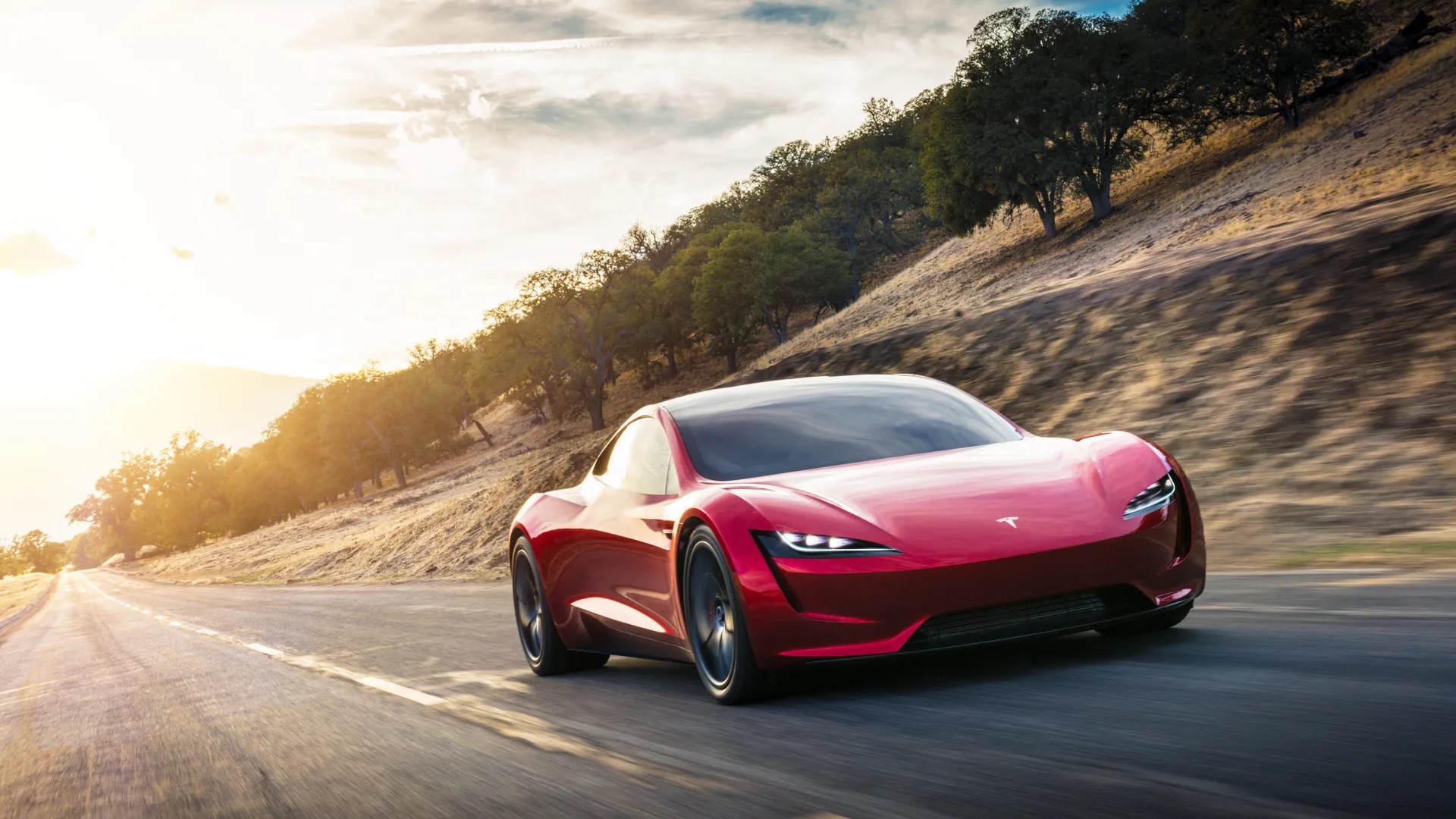One year since the establishment of the Proton Research and Development Centre (PRDC) in Hangzhou Bay, China, Proton’s partnership with Zhejiang Geely Holding Ltd has significantly advanced the company’s technological capabilities. This strategic collaboration is proving instrumental in transforming the Malaysian automaker into a competitive player in intelligent vehicle development and electric mobility.
At the heart of this alliance is a commitment to innovation and knowledge-sharing. The PRDC has become a vital hub for technical collaboration, helping Proton fast-track product development and introduce new technologies across its model range. The facility implements a structured New Product Development System (NPDS), which ensures seamless integration from concept to final validation stages. This approach guarantees efficient execution and alignment throughout the development lifecycle.
Senior Engineer Wan Fatin Nur Amira Binti Wan Rusli, who oversees Electrical and Electronics (E&E) integration, highlighted the benefits of access to advanced tools and platforms. She noted that the integration of next-generation E&E systems is a major driver in Proton’s development of intelligent vehicles.
In terms of driving dynamics, significant progress has also been achieved. Lead Engineer Muhammad Hafiz Bin Zabidi reported improvements in chassis and suspension configurations, refined for local road conditions, alongside advancements in braking systems, noise reduction, and fuel economy. Benchmarking against global competitors is also ongoing, ensuring that Proton’s new models remain competitive and appealing to a broader audience.





